When most people think of dehumidifiers, they assume that it just dries out the air to help you breathe better by removing moisture from the air and thereby reducing allergens in your home or workspace.
While this makes sense, it’s only half the story. Moisture does not cause allergies alone; instead, it also causes mold and mildew, which in turn can trigger allergies and other respiratory problems.
In other words, a dehumidifier isn’t just about removing moisture; it’s also about preventing mold and mildew from growing inside your home or workspace!
If you want to use your dehumidifier effectively, you need to know how to use it properly and when to do so. And that is exactly what our 6 step guide will explain to you. Let’s find out!
6 Steps to Properly Utilize Your Dehumidifier
Do You Know How To Use Your Dehumidifier Correctly? Your dehumidifier won’t be of much use if you don’t know how to make it work efficiently. Here is a detailed guideline on how to get the most from your dehumidifier:
1. Place it at the Correct Spot
You must pick the right spot while using a dehumidifier. Place the dehumidifier at a location where air can freely flow in and out of the device. Some units may vent out the top and some may release through the side. However, you must make sure the dehumidifier has ample room all around for a better dehumidification performance.
2. Pick the Right Dehumidifier
We manufacture a wide variety of different dehumidifiers. From crawl space to a basement and commercial dehumidifiers, you’d find all types of devices for small to large operations.
You’d have to get dehumidifiers with the right pint measurements for your room. The pint capacity of a dehumidifier is the quantity of moisture (in pints) that it can remove from an area in 24 hours.
If you’re dehumidifying a 1000 sq ft home, you would require a dehumidifier with around 55-pint capacity (check out Sentinel HD55which offers exactly that).
Our dehumidifierscan provide a pint capacity of up to a whopping 285 pints. Measure and pick the right one for your house.
3. Correct Adjustment of the Humidity Levels
The ideal home humidity level should be around 30%-50%. So you must adjust it between 30%-50% on your device. We equip our dehumidifiers with adjustability features that will let you manually select the suitable humidity levels for your home.
4. Close All the Entry Points
To make sure your dehumidifier offers the maximum output, you must narrow down the space as much as possible. Always try blocking out any entry points so that no additional moisture can come inside.
While blocking the entry points, try the following:
- Close the windows and the doors when you’re dehumidifying your living rooms.
- Close the toilet lids or exhausts while dehumidifying your toilet area.
- Turf off the kitchen taps or other places that produce water
- Fix water pipes or other areas that can leak water.
5. Empty the Water Tank Often
Note- This is an instruction for those who don’t have automotive water drainage capabilities. All our devices are powered by ‘Gravity Drain’ and ‘Condensate Pump’ technologies. So won’t have to empty the water tank manually.
A dehumidifier absorbs moisture from the atmosphere and stores it in a tank inside. The average dehumidifier device would shut itself off whenever the tray becomes full (not the case with our devices). So, you should frequently empty the water tank to avoid auto turnoffs.
Gravity Drained and Condensate Pump Technology
These are specially designed technologies available in our dehumidifier machines which will allow you to drain the absorbed water without the hassle.
The gravity drained system works best when the dehumidifier is elevated. It will use the gravitational force to drain the water downwards. The condensate pump, on the other hand, will use electronic power to drain the absorbed water wherever you desire.
-
Offer Proper Dehumidifier Maintainance
Like any other device, dehumidifiers require a certain degree of maintenance. Go through the user manuals to get a clear idea about it.
Clean the coils and replace the filter often. During the dehumidification process, air travels through the filter and if it gets clogged with dirt, it will compromise the effectiveness of the device.
If you don’t want this to happen try the following:
- Unplug your dehumidifier.
- Gently remove the filter from the device.
- Check the condition of the filter.
- If usable, vacuum-clean the filter and rinse it dry.
- If not usable, dispose of the previous filter.
- Insert and replace with a brand new filter.
The Role Of Dehumidifiers In Allergy Relief
Dehumidifiers are one of the best devices you can go for if you have an allergy. If you are frequently experiencing allergic reactions for no reason, it could be that the air around you is filled with allergens and a dehumidifier should be used to get the situation under control.
But how does a dehumidifier help in reducing allergy attacks?
Well, allergy doesn’t appear by itself. Instead, there are always some elements that cause allergic reactions. These are called ‘triggers’. Some common allergy triggers include airborne allergens like:
- Dust mites
- Mold
- Mildew
These ‘trigger’ elements often exist in humid environments. And that’s where dehumidifiers come in.
A quality dehumidifier can dry out the air and create a completely allergen-free environment. As a result, the ‘triggers’ would slowly die out, making it safer for people with extreme allergies.
How Dehumidifiers Help With Asthma
Additional moisture in the air is always a challenge for people with asthmatic conditions. Air with increased moisture levels can be difficult to breathe, causing asthma to worsen.
Mold and dust mites are some of the biggest threats to asthmatic individuals. They also thrive in humid environments.
A dehumidifier can help fix both issues at the same time. It reduces the moisture levels to a certain degree, making it easier to breathe.
On the other hand, moisture-free air resulting from using a dehumidifier can reduce the possibilities of mold and dust mites to the minimum.
Overall, it will create a cleaner environment for people with asthma and play a pivotal role in minimizing asthma attacks.
Dehumidifying Vs Moisturizing
Dehumidification techniques absorb the extra moisture elements from the air, making the atmosphere dry
Moisturization or humidification, on the other hand, adds moisture to the air increasing the humidity levels.
When and Why they Are Used?
Usually, people use humidifiers in winter times to battle dry weather. You can also use humidifiers for treating cold, dry skin, lips, and nose.
However, if you’re staying indoors too much during the harsh winter times the moisture level can go up and a dehumidifier can also be used during the harsh winters. Dehumidifiers play a vital role in limiting the humidity levels during spring, summer, and wet seasons.
The Effect On Dry Skin
One thing that you’d have to be mindful about while using a dehumidifier is the effect it may have on people with dry skin. Some of the biggest indications that your atmosphere has become too dry include:
- Dry or itchy skin
- Eyes becoming too dry or feeling itchy
- Chapped lips
If you notice these symptoms, you must turn your dehumidifier off instantly. It means that the surrounding air has become too dry, which is causing an adverse reaction to your skin, eyes, and lips.
In such cases, it’s safer to open up the windows or use a humidifier to up the humidity levels slightly.
Why Our Sentinel HD55 Would Solve All the Problems
If you’re looking for a one-stop solution that will solve all the issues mentioned above then go for our Sentinel HD55.
For instance, if you’re living in a small apartment and struggling with asthma attacks or allergies due to a congested and humid environment, this is something you can go for:
- Because the Sentinel HD55 (gold)comes with an exceptional moisture-extraction technology that will reduce the humidity level down and help you with health conditions like asthma or allergies, which usually occur due to heavy humidity levels in the air.
- The gravity drained mechanism will automatically drain the absorbed water without you needing to manually drain the water tank every hour.
- It also comes with remote functionalities (the remote needs to be bought separately). When you get a remote you’d be able to control the humidity levels from virtually anywhere without the hassle.
- Last but not the least, it’s a commercial dehumidifier device that comes with 55-pint capabilities and a compact design. It will help you tackle the humidity and put an end to mold growth in your basement or crawl space.
Bottom Line
Often, dehumidifiers cannot provide users with the maximum output, as many don’t understand the subtle adjustments and techniques. That’s why a firm operational understanding is required for every user to make the most out of their devices.







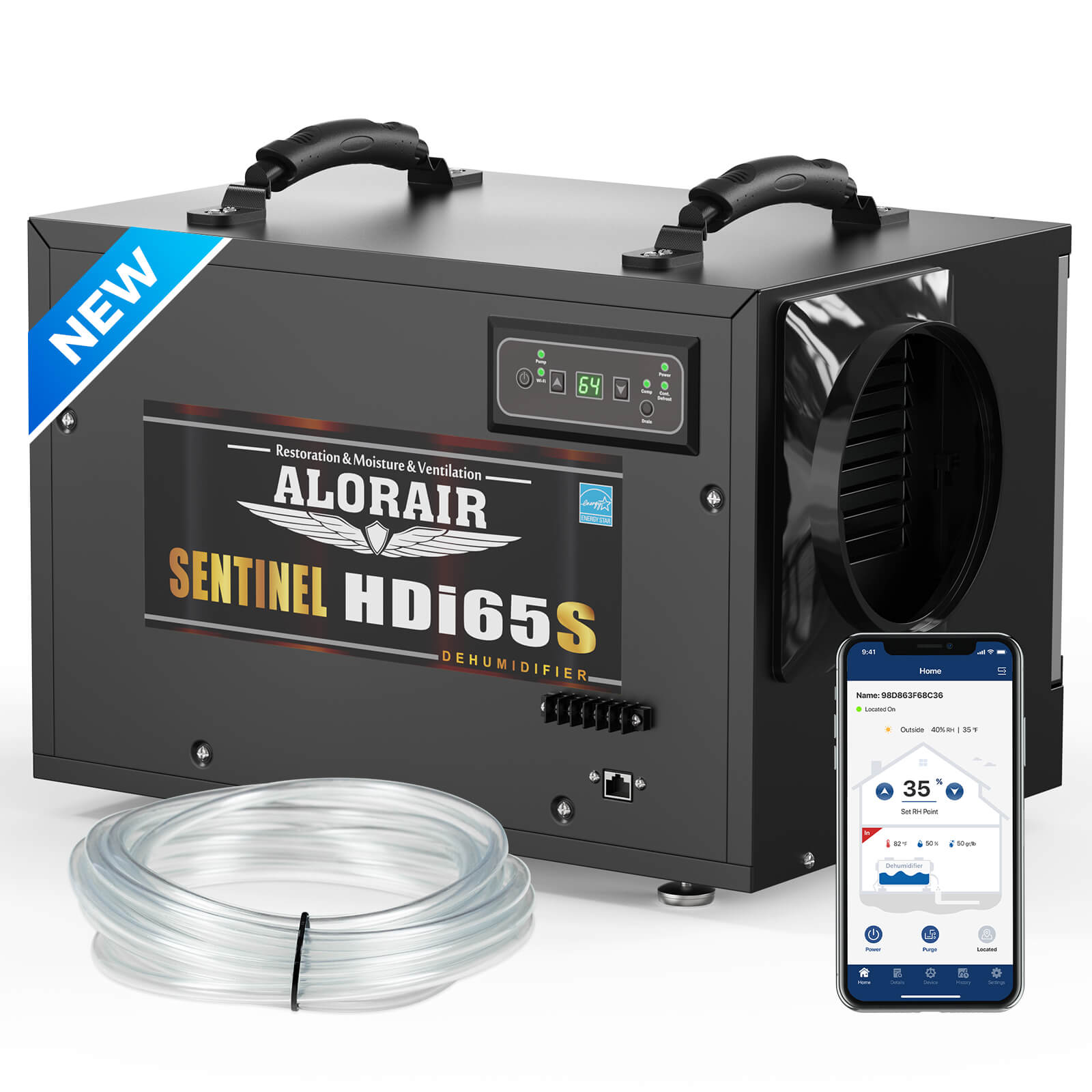
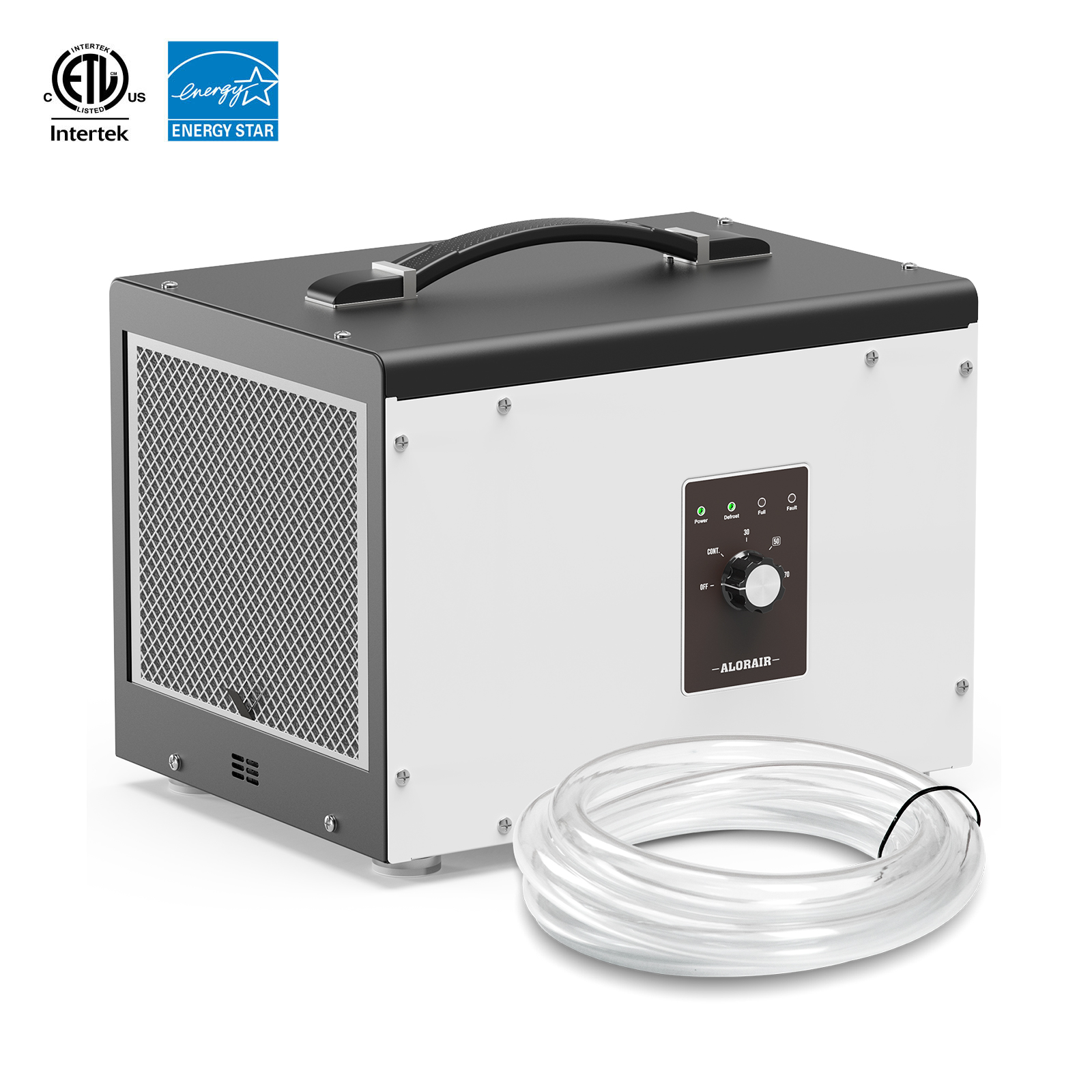
.jpg)
.jpg)

.jpg)

.HDi90.png)
.HD90.png)



.jpg)
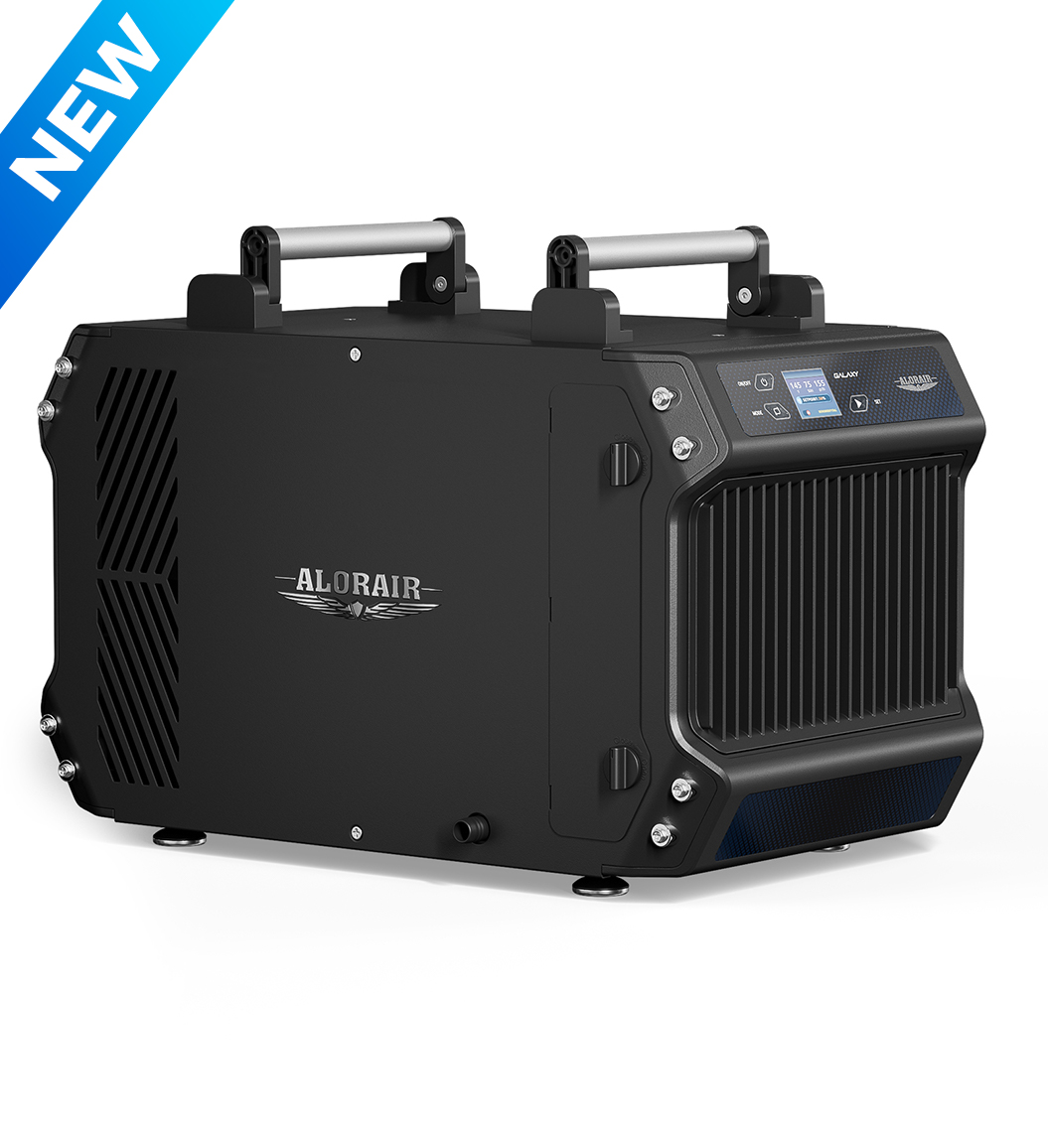
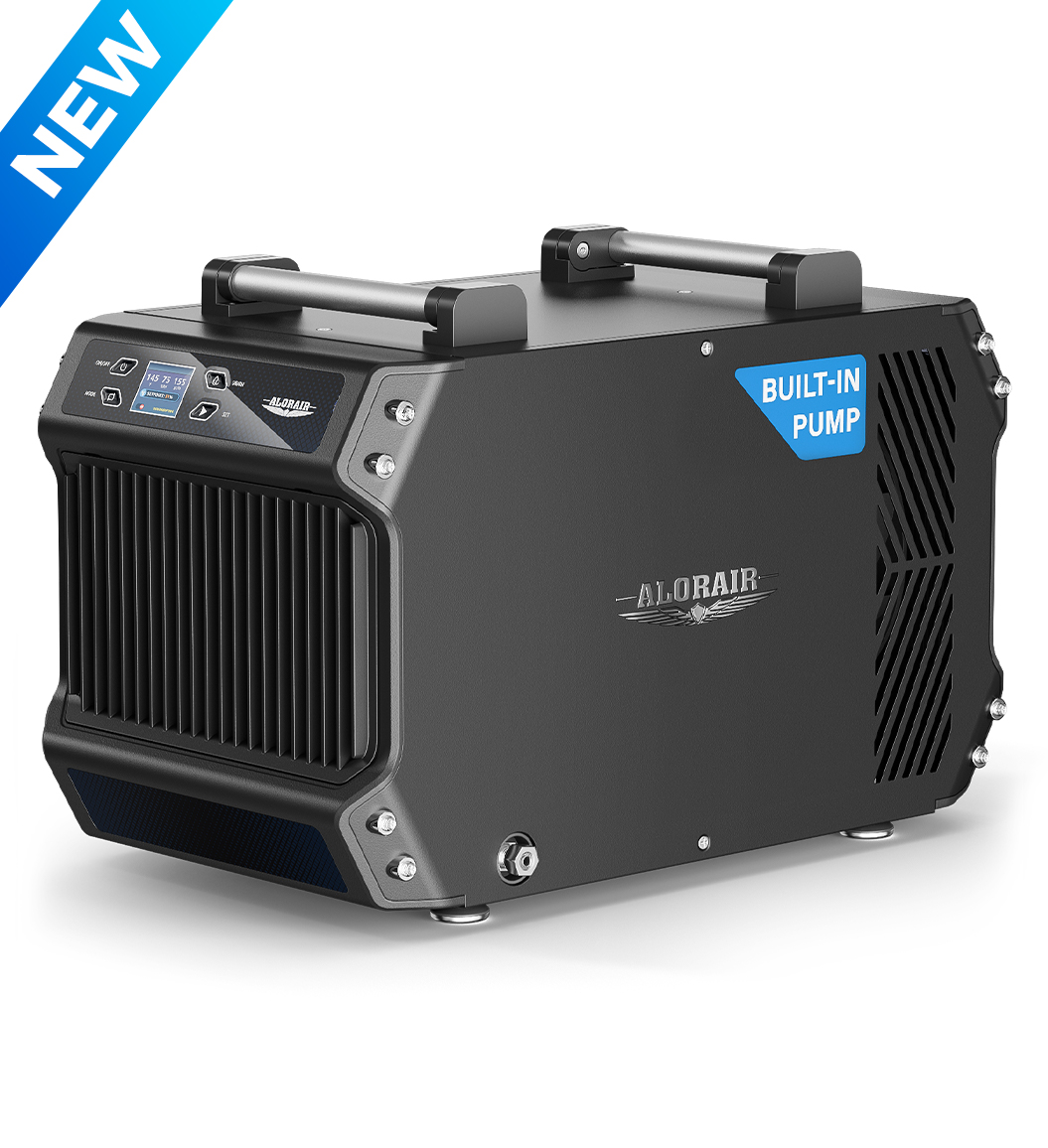




.jpg)
.jpg)
.jpg)
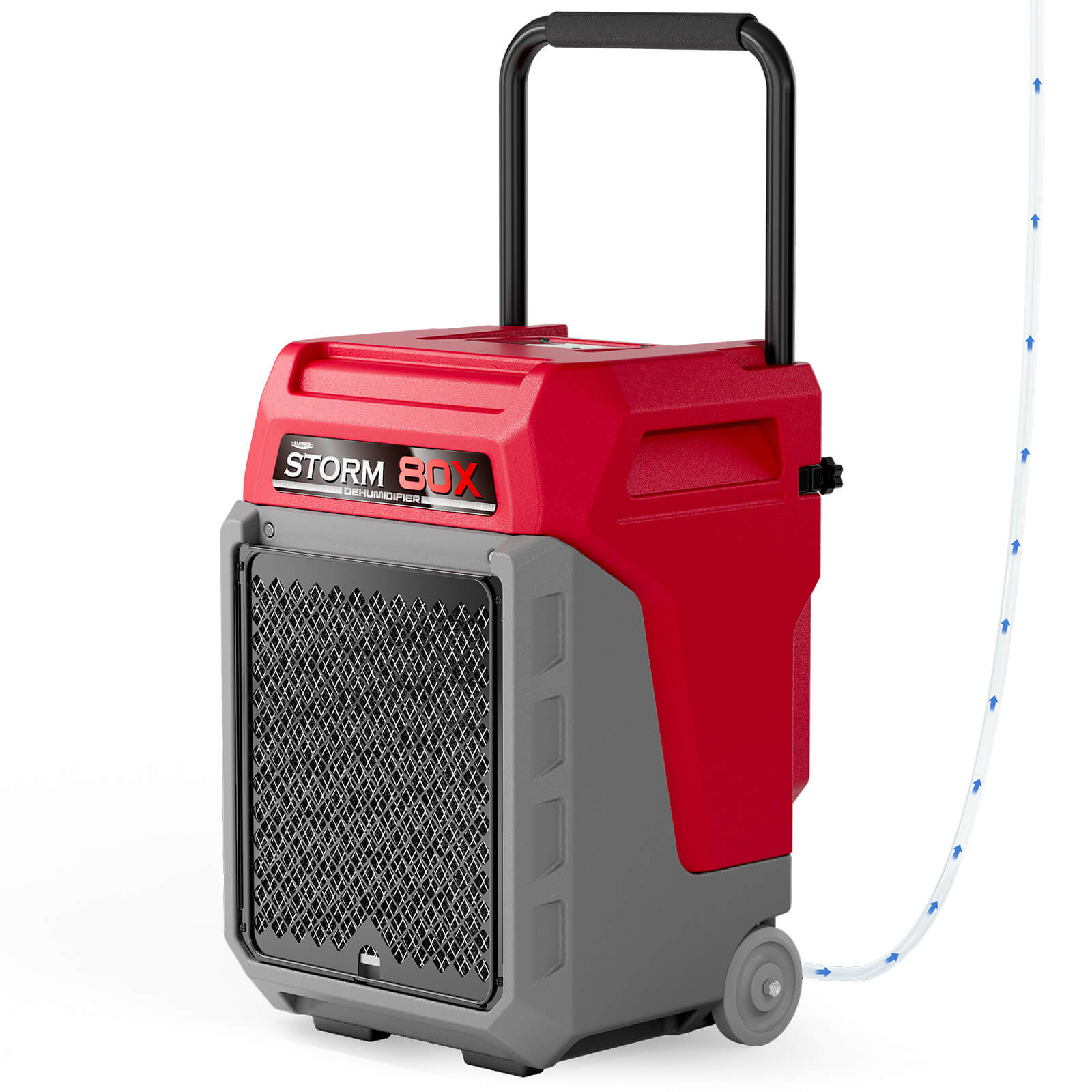


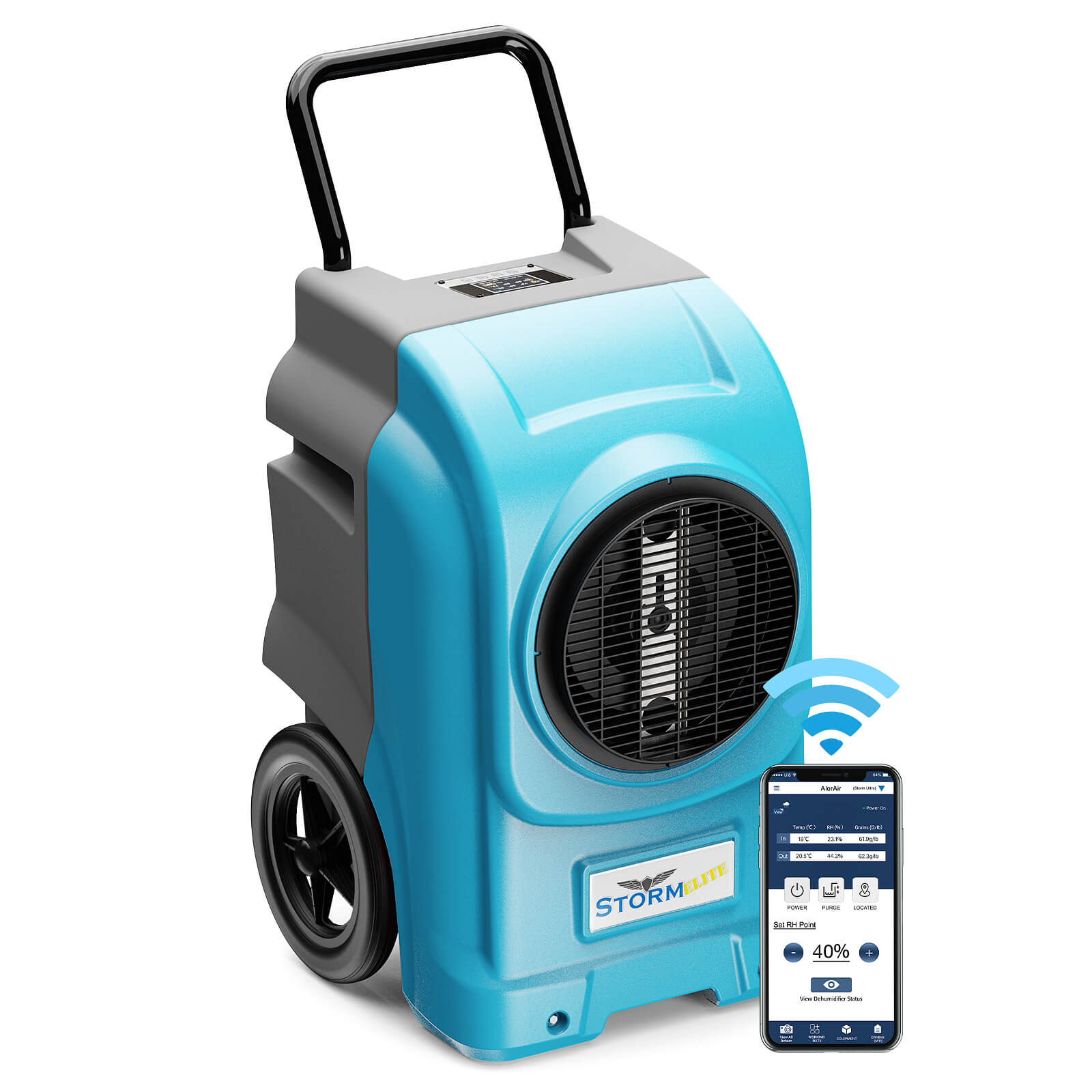

.jpg)
.jpg)

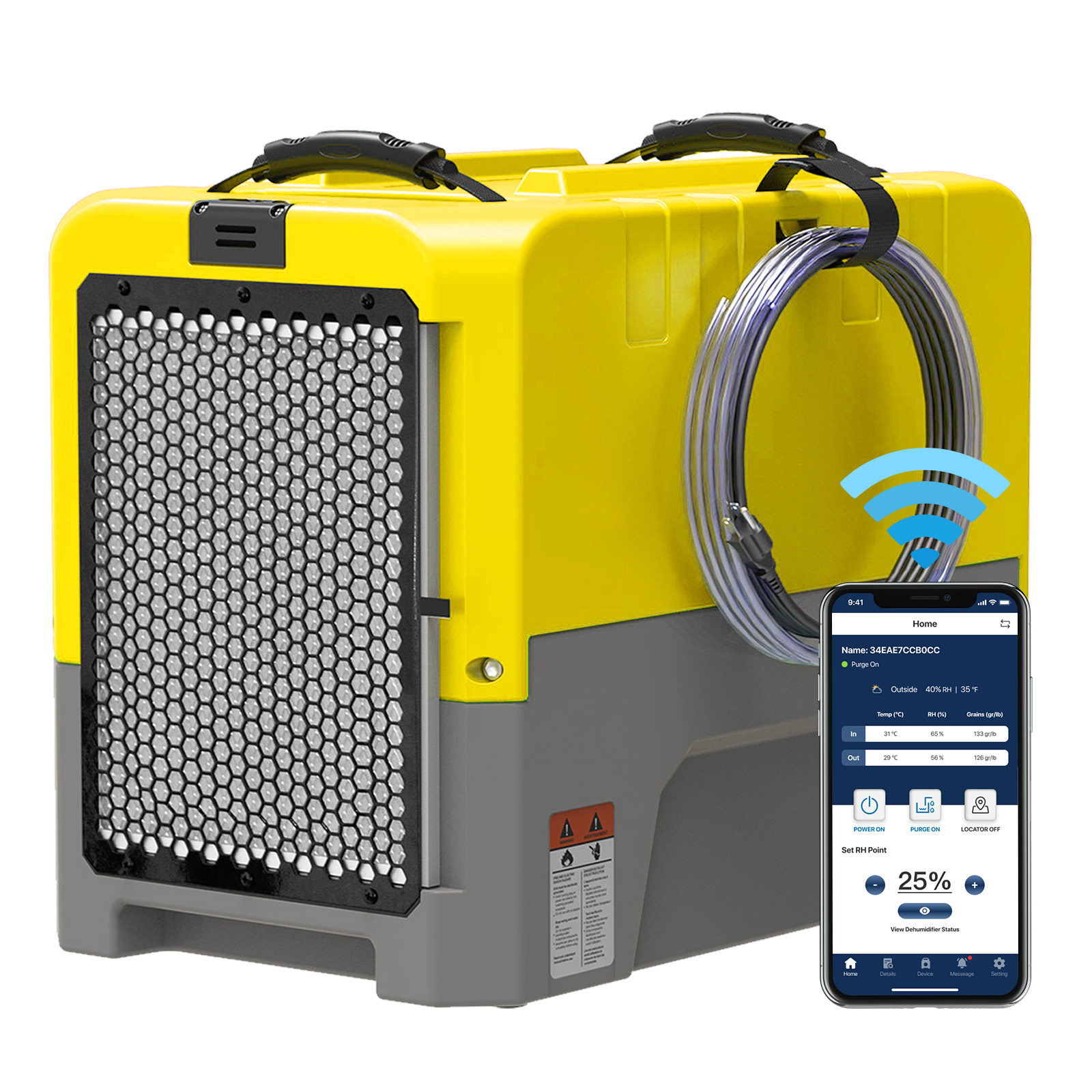








.jpg)
.jpg)








.jpg)
.jpg)










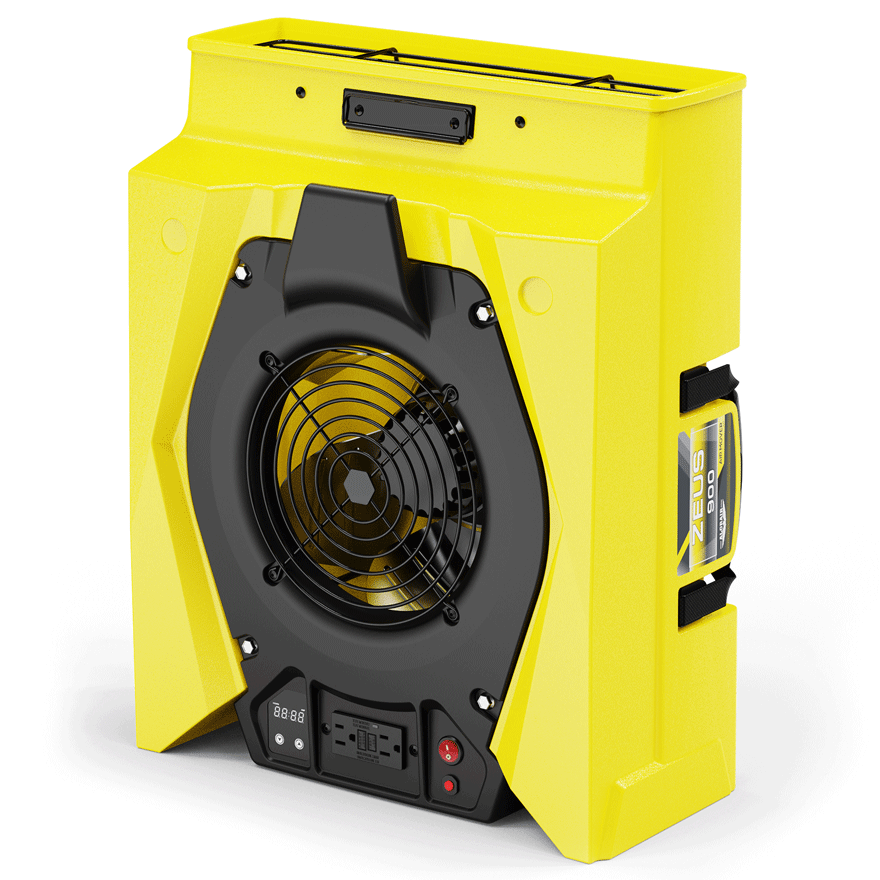
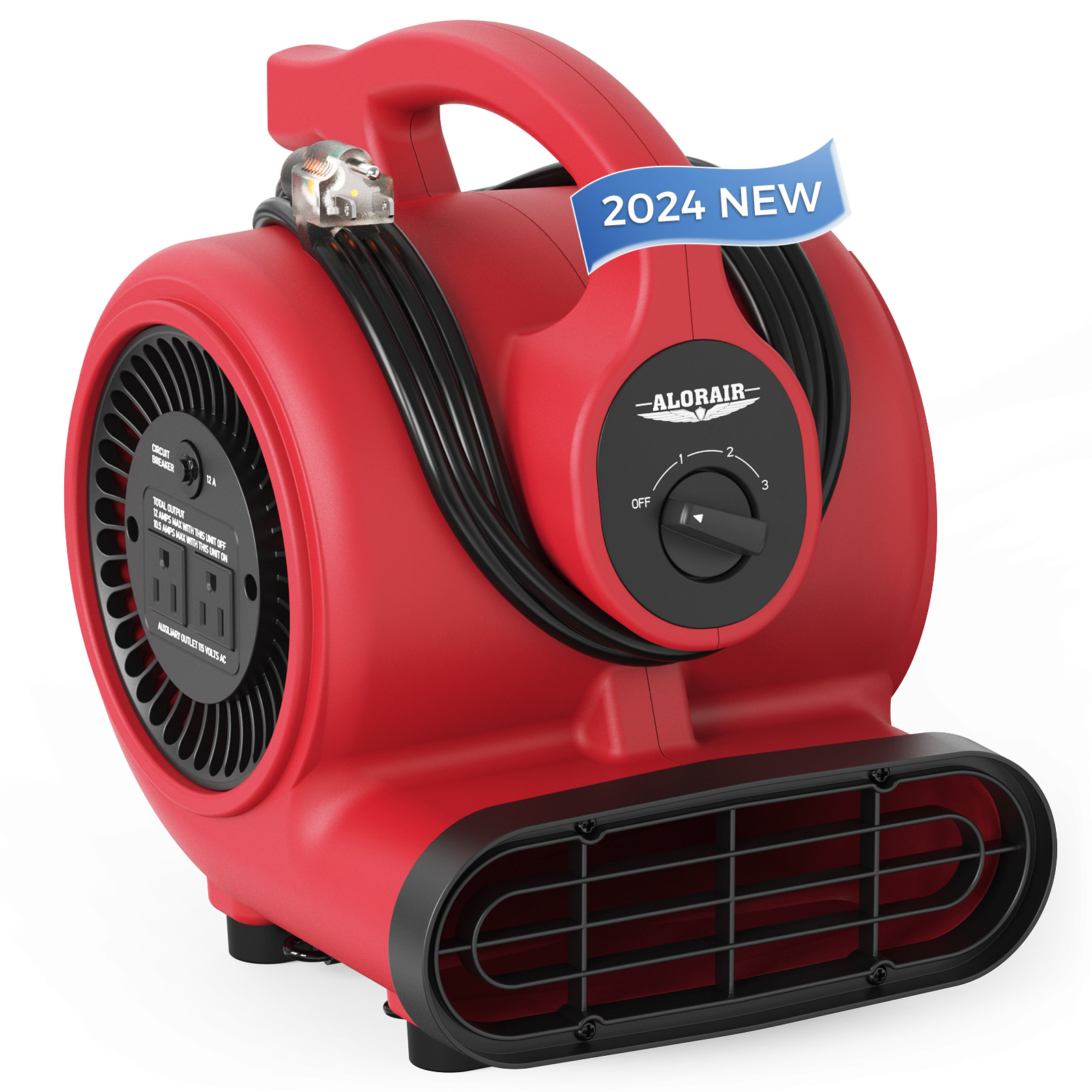
.jpg)
.jpg)
.jpg)
.jpg)
.jpg)
.jpg)
.jpg)
.jpg)
.jpg)
.jpg)
.jpg)
.jpg)
.jpg)
.jpg)





.jpg)
.jpg)
















-.jpg)
.jpg)

.jpg)
.jpg)



























 Exclusive offers
promotions
Exclusive offers
promotions

